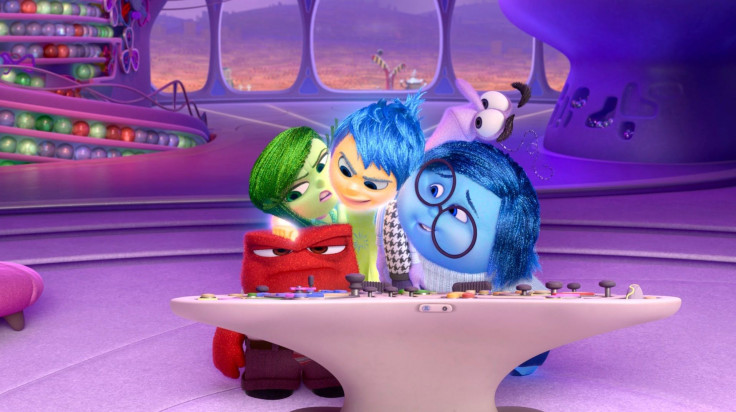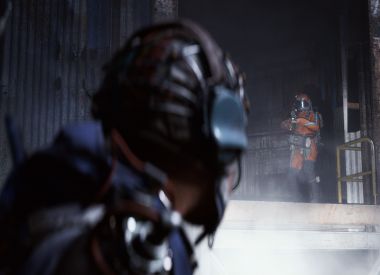Inside Out forgives us for our inner turmoil. Its theory of mind leaves room for inner synthesis and asks us to see our interior selves as more than just the soil of our actions. Its premise is a hoary metaphor, familiar to any Woody Allen or Spongebob Squarepants or Calvin and Hobbes fan, but its execution is richer than any previous attempt.
Inside Out Review
Inside Out is about Riley’s happiness, as a family move puts the manifestations of her emotions—Joy, Sadness, Disgust, Fear, and Anger—in distress. Inside Out builds an elaborate analogy out of the workings of the brain, complete with “core” memories that shape personality cities, dream productions, and the cavernous dungeon of the subconscious, all connected by a literal “train of thought.”
Anchored by Joy, played by Amy Poehler who triumphs at the difficult task of playing a non-annoying cheerful person, Inside Out is an Indiana Jones movie where the only treasures are our most precious moments.
Pixar's latest film "Inside Out" is at once achingly heartfelt and magnificently high-concept http://t.co/Ezxg95PY3p pic.twitter.com/4xfvCitWQn
— The Atlantic (@TheAtlantic) June 19, 2015The human half of Inside Out, Riley and her family, are intentionally generic, but injected with just enough specificity. Like Boyhood, the individual human experience in Inside Out is real, but the message is for humanity.
CGI family movies have a notorious habit of lobbing mildly dirty jokes over the heads of its audience in an effort to keep adults entertained. Inside Out is the first that relies upon emotional complexity to target the spectrum of human experience. Inside Out is a fantastic kid’s movie, but for adults willing to extend the metaphor for themselves, Inside Out has riches.
Pixar's 'Inside Out' Is A Mind-Opening Masterpiece http://t.co/GTtkxeXwdO
— Fresh Air (@nprfreshair) June 19, 2015It is troubling, almost harrowing, to discover that the mother of Inside Out is ruled by her Sadness, the father ruled by his Anger. For a significant portion of the Inside Out running time we don’t understand Sadness any better than Joy does, instead watching in horror as beloved memories decay into regret, until they take on the blue pallor of melancholy.
Inside Out is full of loss. And while the Mind Workers are played as the most consistent source of jokes, Inside Out also leaves room for palpable distress, as we see memories that matter fade to gray and blow away in puffs of dust.
When Inside Out reveals its truth, that sadness can be the precondition for new happiness, it comes as both plot and emotional revelation.
Grantland Q&A: Talking with 'Inside Out' director Pete Docter, by @andygreenwald http://t.co/pvj3tZG8It
— Grantland (@Grantland33) June 19, 2015There is a single regret.
Inside Out is hideous. Every moment in the sterile, industrial mind architecture, every colorless void background, every cluttered Tomorrowland skyline (core personality attribute cities), all cry out for Hayao Miyazaki.
Only the emotions themselves feel soft and textured, with Joy’s skin as effervescent and bubbling with strange polyps as a Ponyo sea floor. It’s disappointing that everything else feels so flat.
It sounds like an old saw, but the endless visual inventiveness of Inside Out begs for a broader palette of animation than the by-now standard visual language of Pixar.
The nearest Inside Out gets to visual fancy is a sequence where objective reality breaks down, the characters collapsing into shapes and colors, like a condensed Flatland of the mind. It is unpleasant and jagged and—for all its unmatched creative heft—not as remotely beautiful and satisfying as Remy and his experience of taste in Ratatouille, let alone what animation is capable of when unleashed.
Ratatouille and the Sensation of Taste
But Inside Out is so expert at capturing our finest, most human nuances that it hardly matters. The rules for Inside Out’s strange world are laid out in advance, then tweaked and toyed with by artists not just in control of craft (just wait for the boyfriend pay-off), but dabbling in ecstatic play.


















